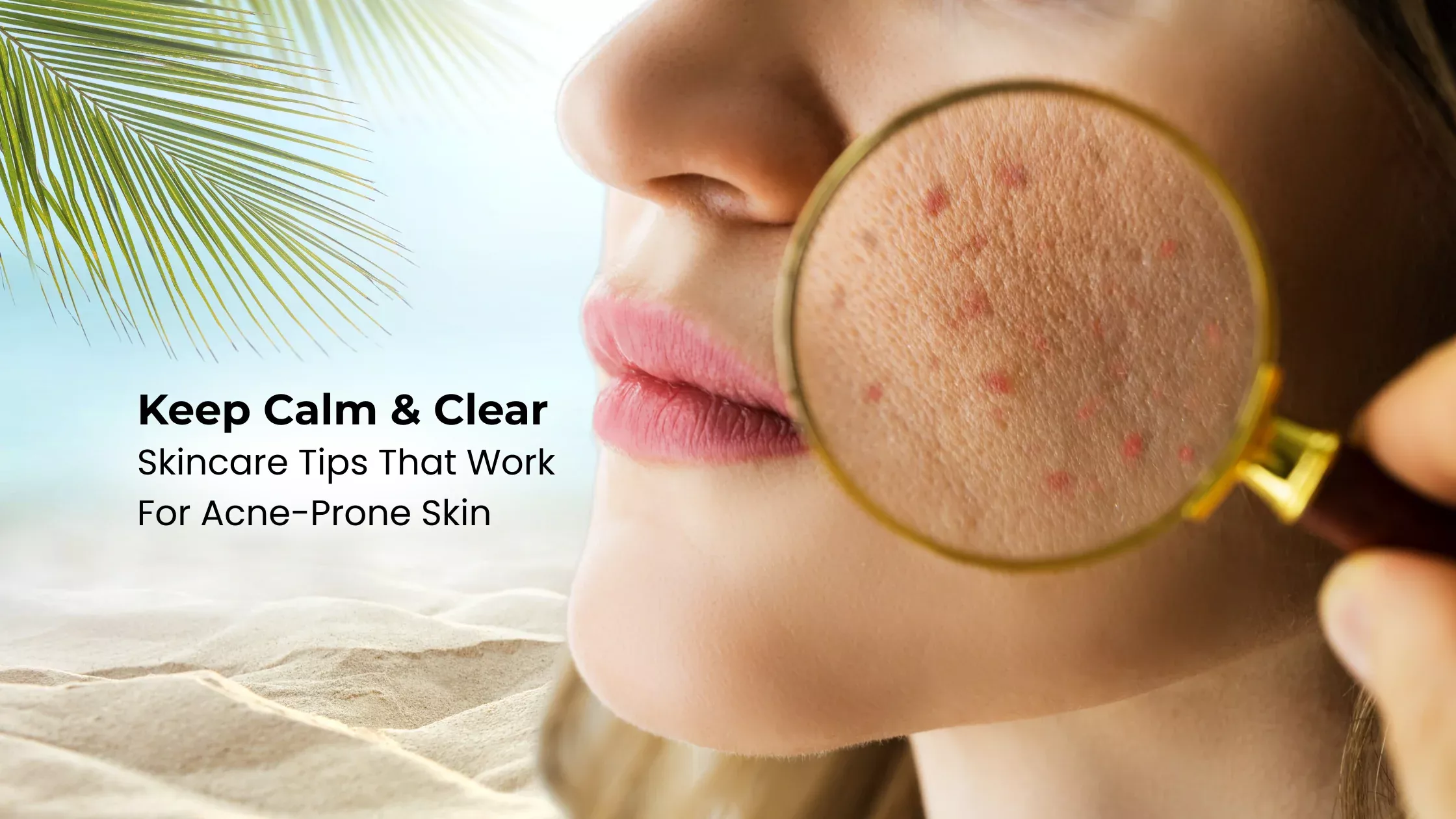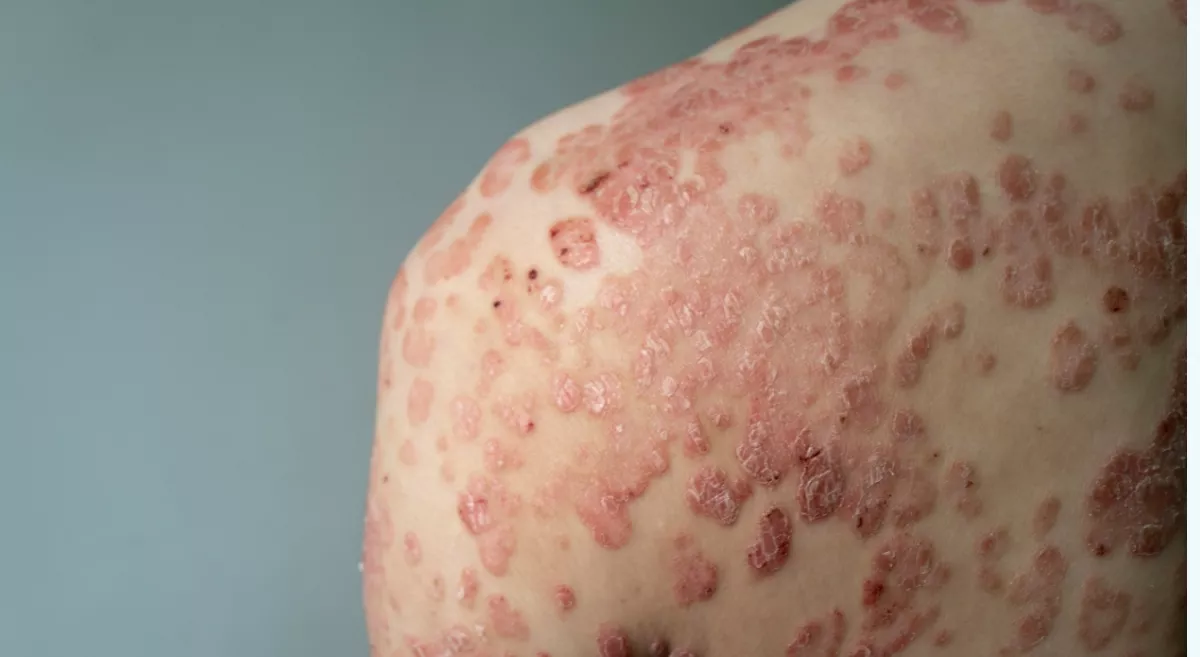“Struggling with dandruff or seborrheic dermatitis this monsoon? Learn causes, symptoms, and dermatologist-recommended remedies to keep your scalp flake-free this rainy season.”
Misty rains, humid air—and suddenly your scalp feels itchy and flaky.
The rainy season often makes dandruff more noticeable. That’s because monsoon humidity creates ideal conditions for scalp problems, such as dandruff and seborrheic dermatitis.
So why does your scalp act up in the rain, and what’s the best way to protect it?
Understanding the Basics
Dandruff is the mild form—white or greyish flakes limited to the scalp. It’s itchy but usually not inflamed.
In comparison, Seborrheic Dermatitis (SD) is a more severe, provocative disorder. It doesn’t just affect the scalp—it may also appear on the face, particularly around the nose, eyebrows, and beard, as well as the chest or back.
Typical signs include:
- Oily, yellowish-white scales
- Red patches
- Persistent itching, sometimes leading to hair shedding
Think of SD as dandruff’s tougher cousin—it needs more careful management.
Why Does Dandruff Increase in Monsoon?
Several monsoon-specific factors explain flare-ups of monsoon dandruff and seborrheic dermatitis:
- Extreme dampness & sweat release: Excess dampness allows Malassezia yeast (a dandruff-causing fungus) to thrive.
- Sebum + sweat mix: Feeds microbial overgrowth, worsening flaking.
- Damp hair & exposure to rain fall: Contaminated rainwater can vex and deteroriate the scalp barrier.
- Less sunlight:Reduces UV’s natural antifungal effect, allowing fungi to multiply.
- Everyday practices, like leaving hair tied when wet, using damp helmets, or neglecting proper wash schedules, can make dandruff flare-ups more severe.
Result? Itchy, irritated scalps all season long.
Signs to Watch For
Dandruff (Pityriasis capitis simplex)
- Dry white flakes
- Mild itching
- Limited to the scalp
- No visible redness
Seborrheic Dermatitis
- Greasy, yellowish scales
- Redness and inflammation
- May spread to the face, ears, and chest
- Frequent relapses in humid weather
If symptoms persist or spread, it’s time to consult a dermatologist.
Monsoon Scalp Care: Smart Management Strategies
The good news? With the right routine, you can control dandruff in the rainy season. Here’s how:
1. Shampoo Strategy
Use anti-dandruff shampoos containing:
- Ketoconazole
- Zinc pyrithione
- Selenium sulfide
- Salicylic acid
Tip: Wash 2–3 times a week, alternating medicated and mild shampoos for balance.
2. Rethink Oiling
Heavy oils can clog follicles and worsen fungal growth. If you oil your hair, use lighter oils (like jojoba) in small amounts, and always wash within a few hours.
3. Make sure your scalp is moisture-free. Use a clean towel to dry your hair, and if needed, switch on a hair dryer at the lowest heat.
4. Avoid Product Build-Up
Skip waxes, thick serums, or heavy conditioners on the scalp—they trap moisture and feed fungi.
5. Lifestyle Adjustments
- Reduce stress (it worsens seborrheic dermatitis).
- Support scalp resilience by eating well—focus on zinc, vitamin B, and probiotic-rich foods.
- Change pillowcases and towels frequently to reduce microbial contamination.
6. When to See a Doctor
If flakes turn oily, reddish, and spread beyond the scalp—or if itching is intense—professional treatment is essential. Dermatologists may prescribe stronger antifungals, mild steroids, or barrier-repair creams.
Seasonal Pro Tips & Myths:
- Myth: “Skipping shampoo during monsoon prevents hair fall.”
- Fact: Irregular washing worsens dandruff buildup. Stick to frequent cleansing.
- Myth: “Oiling more will control flakes.”
- Fact: Heavy oils may aggravate fungal growth.
- Quick Wins:
- Wash sporadically with diluted apple cider vinegar to restore scalp pH.
- Use tea tree oil drops in shampoo (but avoid overuse).
- Always patch test natural remedies first.
Conclusion
Monsoon is refreshing, but your scalp may not agree. Increased humidity, sweat, and fungal growth explain why dandruff in the rainy season worsens. By using anti-dandruff shampoo for the monsoon, drying your hair properly, avoiding heavy oils, and staying consistent with scalp hygiene, you can keep flakes under control.
If your symptoms look more like seborrheic dermatitis in humid weather, don’t wait—see a dermatologist for tailored treatment.











